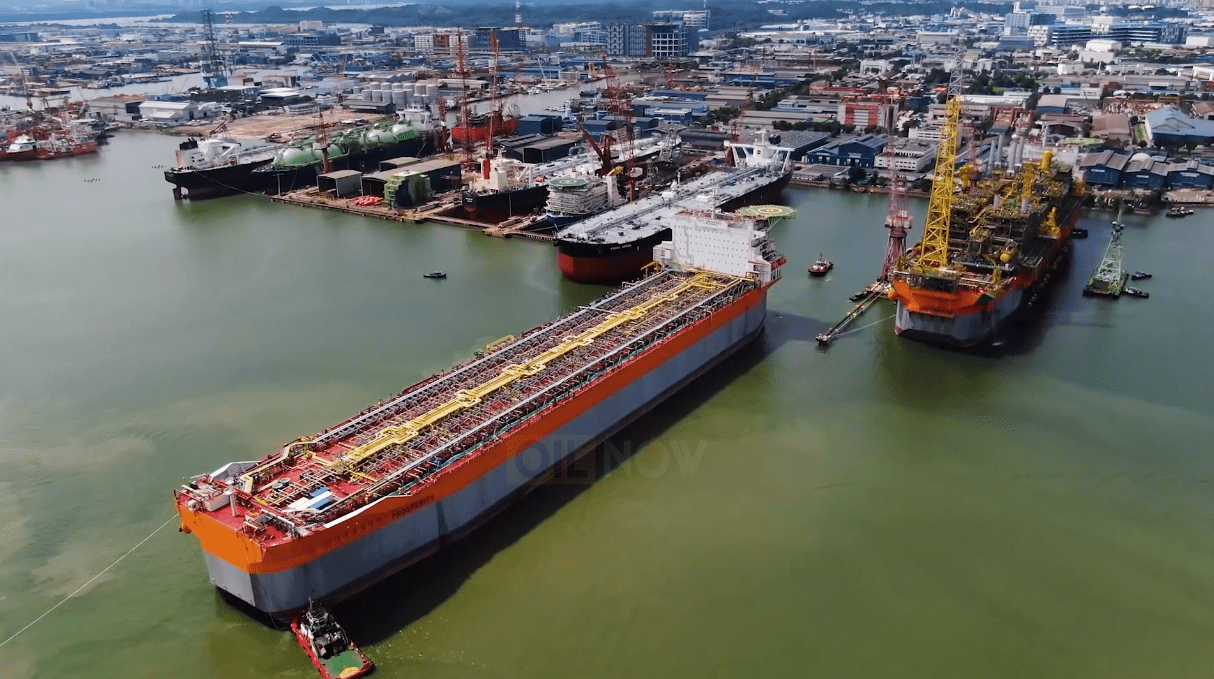Just a little over six years ago, Guyana’s economic prospects were based entirely on its traditional sectors such as gold, diamond, other mineral production, forestry and agriculture. Oil and gas production played no role in the country’s development. Then along came Liza, a prolific well discovered against all odds in a basin where only dry holes – over 40 of them – were encountered up until that point.
This changed the game.
The World Bank said in a paper published in 2020 that the discovery of vast offshore oil and gas resources and the start of production, will fundamentally transform the structure of the Guyanese economy while generating an influx of fiscal revenue.
“The rise of the O&G sector poses unprecedented macro-fiscal management challenges while offering new opportunities to address longstanding development constraints,” the World Bank said.
Analysts say how the challenge of balancing rapid development of the offshore resources with the capacity to absorb the massive influx of revenues is handled, will determine Guyana’s ultimate outlook.
“It’s an interesting kind of two-sided coin because I feel like if you’re the government of Guyana and you want to monetize the resource, there’s a finite amount of time to do that and the window is closing,” Schreiner Parker, Rystad Energy’s Vice President for Latin America and the Caribbean told OilNOW in a recent interview. “You can think that things left in the ground by 2035 will probably stay there. Potentially very little exploration going on after that time frame.”
Parker said this however does not mean that a sudden windfall will not present challenges. “But I think if you’re the government there is a certain imperative to monetize the resource as soon as possible and when we’re talking about Guyana, which is so young in this game, the monetization of the resources still happens several years after the discovery. There’s a delay in that,” he pointed out.
He said the more that can be discovered and the more that can be sanctioned in the immediate time frame, the better guarantee Guyana would have that the resource is going to be eventually monetized.
“At the same time, it creates a lot of upheaval within society to have a windfall like this and, of course, it has to be managed correctly,” he said.
Wealth fund legislation for Guyana’s Parliament before year end – Ali
In the eyes of Chatham House Associate Fellow, Dr. Valerie Marcel, pursuing a fast pace of development makes Guyana a very attractive place to invest in for oil companies because they can quickly monetize their assets and it reduces their risks.
“It positions countries well at high capacity when there is still a market for their oil, but it comes with a lot of risks in terms of whether you have a real capacity to develop the whole supply chain which could really give significant local content in these projects,” she stated.
Dr. Marcel said a key question to consider is if Guyana has the regulatory muscle to challenge companies to say, for example, it does not want flaring – something the government has made clear – and to take steps like slowing down the review of the field development plan to give the country time to think about what it is going to do with the associated gas.
“Government needs to take the time to consider how they are going to maximize interest and the benefits to the country. Does it make sense for Guyana to have a value chain to supply FPSOs while the world is moving to decarbonized systems? I am not sure,” she said. “I think with local content, there is really a need to think carefully about whether there would be enough time to recoup the value of the investment into the skills or supply base. There is a new lens we have to put on this, which is really the transition lens.”
The government has said it intends to balance these concerns with the economic needs of the Guyanese people.
“We want the development and the investments to take place, and they are not taking place in many parts of the world,” Vice President, Bharrat Jagdeo said. “People are cutting back and the only way you can get the oil out is to make the investment and more so now, because there is a short window of opportunity.”
He alluded to the increased movement towards renewables and the potential breakthrough in technology to use these sources for widescale production of power. This, he said, would be devasting to the oil market.
“So, we want it [oil investments] to go forward, but we also have a duty as the Government of Guyana to protect our people’s interests,” the Vice President said.
Guyana stands to rake in billions of dollars in the coming years from development of just the Stabroek block resources discovered to date, which currently exceed 9 billion barrels of oil equivalent. A Rystad Energy analysis shows that revenue to Guyana could range from $96 billion dollars at a $40 per barrel oil price, to as much as $310 billion at $80 per barrel.




